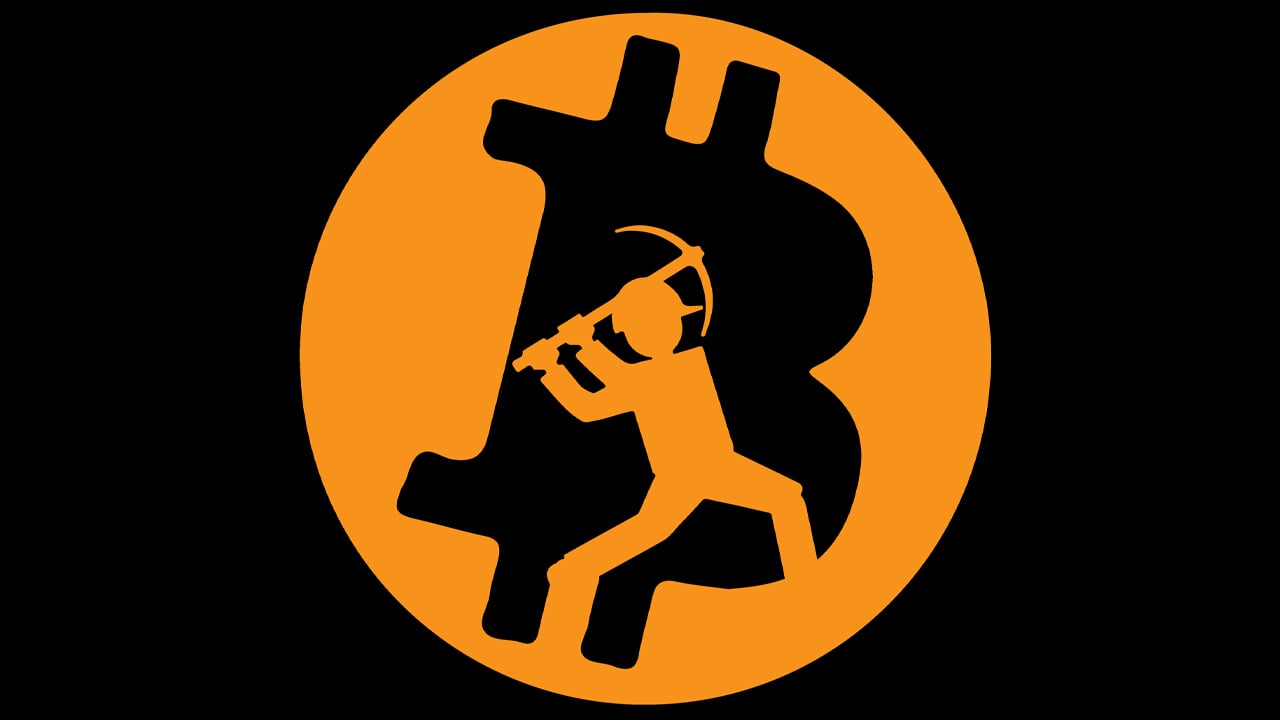
Bitcoin miners are suffering their fifth increase in network difficulty since February 24, 2023, following a 1.72% increase on April 20 at a block height of 786,240. Network difficulty is currently at 48.71 trillion, a 22.62% increase in 55 days from the block high of 778,176.
Bitcoin difficulty has increased by more than 22% since block height 778,176
In less than two months, bitcoin difficulty has surged more than 22%, reaching an all-time high on Thursday, March 20. The current difficulty isat 48.71 trillion, meaning the average hash rate required to mine a new block is extremely high. Specifically, a miner needs an average hash rate of 48.71 trillion hashes per second to mine ablock of BTCand the associated rewards and transaction fees.

Currently, the network hash rate hovers around 352.99 exahashes per second (EH/s), according todata from coinwarz.com. On April 18, with a block height of 786,013, the hash rate peaked at 440.80 EH/s. Currently, with a hash rate of 352.99 EH/s, bitcoin mining pool Foundry USA is dominant at 116.49 EH/s or32.96%of the global hash rate. The top five ranked bitcoin mining pools were Antpool (79.74 EH/s), F2pool (50.82 EH/s), Binance Pool (36.74 EH/s) and Viabtc (28.93 EH/s).
Compared to 2022, miners had a good year in terms of. the price of BTCin 2023. However,BTCfell below the $29K mark on April 20, after approaching $31K six days earlier on April 14. Over the past week,BTChas lost 3.8% of its value, but still holds a 3% monthly gain.39} Below BTCprices have put a strain on bitcoin miners, and consecutive increases in difficulty have not helped. The next expected difficulty adjustment to the Bitcoin network will take place around May 4, 2023.
Current data shows that the block interval has slowed beyond an average of 10 minutes, from10 minutes 36 secondsto11 minutes 23 secondsper block. Based on the block interval and existing difficulty levels, it is likely that the next adjustment will be a downward revision. Currently, more than 1,900 blocks have been discovered before the next Bitcoin network difficulty adjustment, and there are more than 53,000 blocks between now and the next halving event scheduled for approximately April 20, 2024.
What are your thoughts on the continued increase in Bitcoin network difficulty and its impact on the mining industry? Do you think more miners will drop out or will new miners join the race to keep up with the increased difficulty? Share your insights in the comments below.
Image credit: Shutterstock, Pixabay, Wiki Commons














